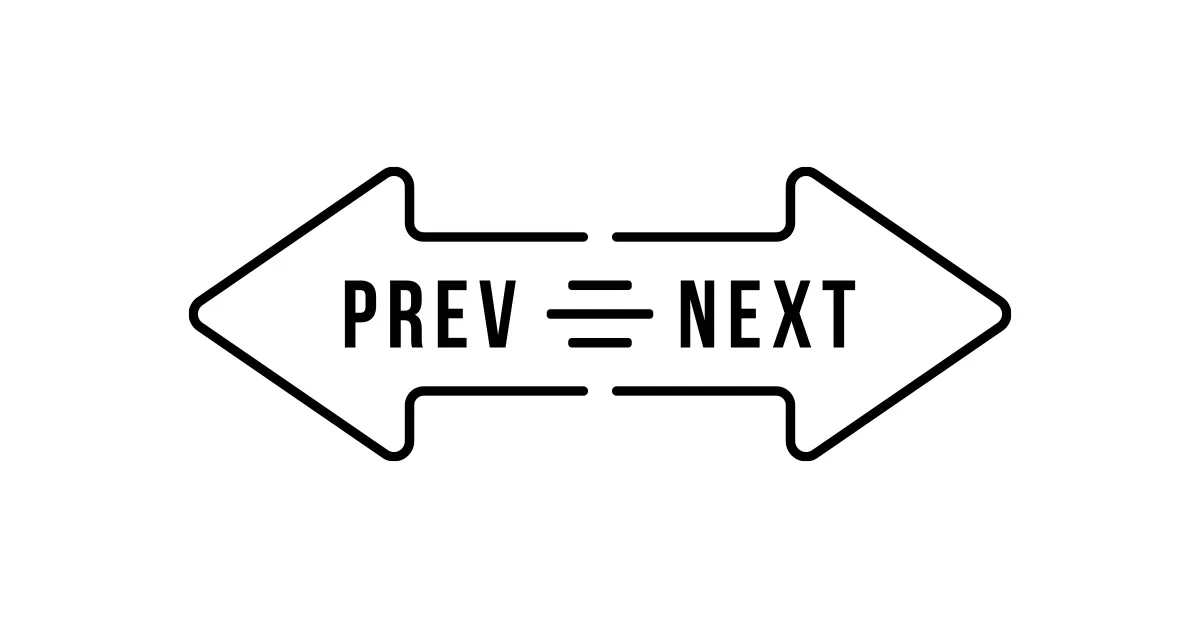How To Handle Pagination

What is Pagination?
Pagination occurs when you have related content on multpiple pages. For example, if you have an e-commerce site with a section of dresses, the dresses you display may span over multiple pages. Pagination is very common in e-commmerce sites, news sites and discussion forums, to name a few.
Why is it Important?
For sites with many paginated pages, it is extremely important to implement the correct strategy otherwise it can cause many crawling, indexing and content issues.
Crawling Issues: Search Engines want to find content-rich pages in as few clicks as possible. This makes it more user friendly, and in turn, more SEO friendly. When you have a lot paginated pages, it can heavily increase the amount of steps (clicks) a user must take to get to the appropriate content. Because of this, the likelihood of these pages being indexed decreases.
Duplicate Content: More often than not, paginated pages have duplicate content as well as duplicate title and meta descriptions that populate across all paginated pages.
View-All Method
A common way to handle any issues pagination may cause is to create a View=All page which would include all items within the series on one single page. For example, if you have a series of paginted pages displaying dresses, then you would place each dress within this series on the View-All page. After that has been created, place a canonical tag on all paginated pages pointing to the View-All page. The canonical tag will eradicate any duplicate content issues while telling Google that these are all part of a segment. The View=All page will also populate in the search results opposed to a single page within the series.
A potential drawback to the View-All Method, especially with image heavy pages, is that the page load time may be considerably higher considering the large amount of content on the page. An increase is page load time is not good for usability, and therefore not ideal for SEO.
Rel Prev/Next Method
While this may not be the easiest to implement, it may be our favorite way to deal with pagination. Google does a great job explaining just how to implement “rel=next/prev” in this article. Essentially by using this technique you are associating all the linked pages, and by doing so you are sharing the link equity between them. So if one page within the series has an abundance of quality links pointing to it, the link equity is shared between all the pages within the sequence. Google consolidates the links as a single entry within their index.
In summary, the View-All method is recommended by Google, and is relatively easy to implement while providing a good user experience. The rel=next/prev can also be executed properly with minor HTML changes, and allows the series to share equity. Also, there are many scenarios where the content of the paginated pages won’t work well with the View-All method and the rel=next/prev is a great alternative.
Categories
Recent Posts
- Boost Your Website’s Visibility with These Must-have B2B SEO Tools January 13, 2025
- Master Your Digital Strategy: Learn the 7 Types of SEO That Lead to High Rankings January 13, 2025
- How to integrate your SEO and paid search strategies to maximize efficiency and reduce CAC January 6, 2025
- SEO in 2025: Adapting to a Changing Search Landscape By Prashant Puri, CEO & Co-Founder, AdLift January 3, 2025
- Understanding the Google December 2024 Spam Update: What You Need to Know December 31, 2024
- Dermatology Marketing Made Easy: Proven Techniques to Grow Your Client Base December 30, 2024
- Facebook vs Twitter: Which Platform Wins for Your Marketing Goals? December 30, 2024
- Discover the Top Digital Marketing Strategies for 2025 December 30, 2024
- The Art of Naming Conventions in Marketing Campaigns: Best Practices for Clarity and Success December 30, 2024
- 2024 Google Search Trends in the United States: What Captured Our Attention This Year? December 24, 2024
Get
in Touch
Contact AdLift for a 360-degree marketing plan

